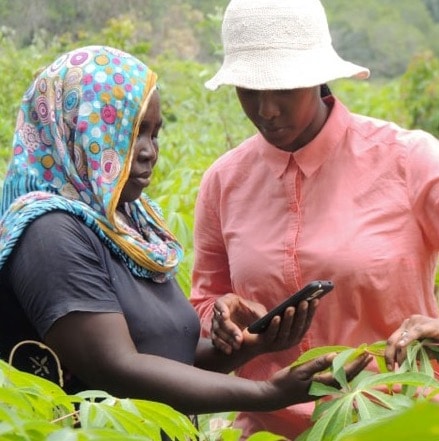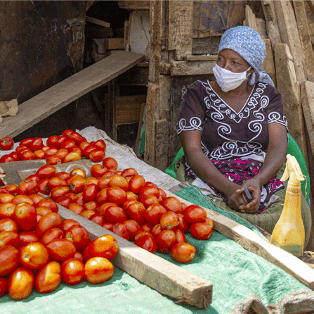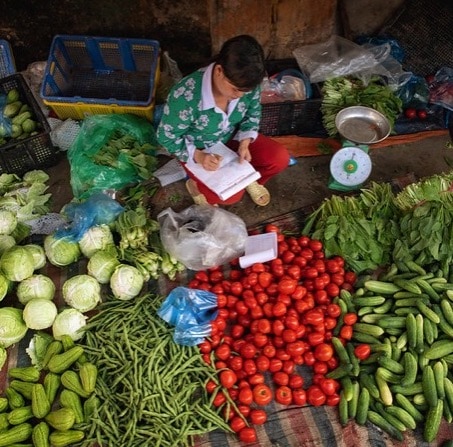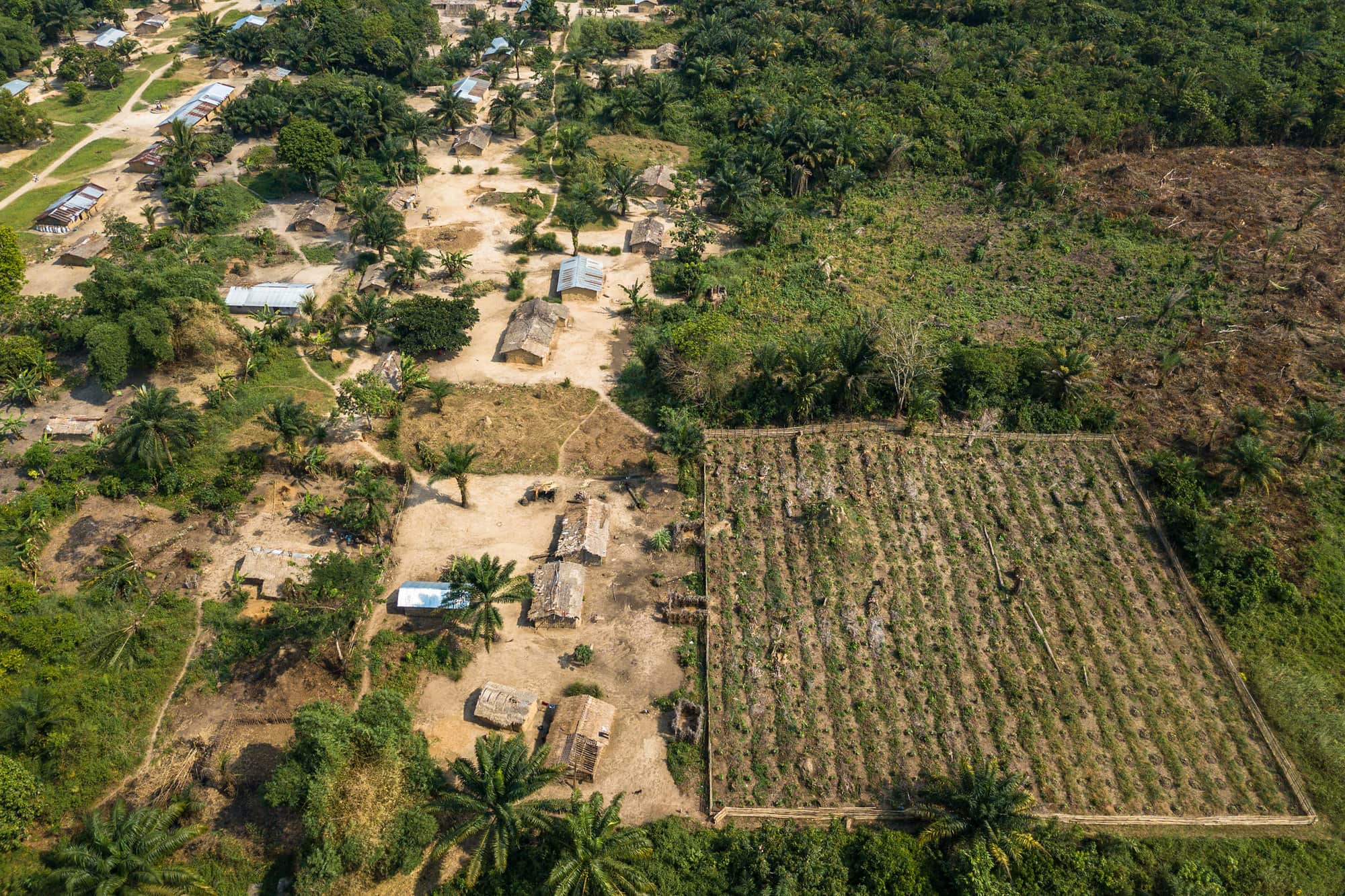Big Data in Agriculture
The CGIAR Platform for Big Data in Agriculture uses big data to solve agricultural development problems faster, better, and at greater scale.
In 2020, the Platform completed its fourth year of building CGIAR’s crosscutting digital capabilities, partnerships, and innovation strategy in digital agriculture. The team formed 72 external partnerships to drive digital innovation in research and data sharing, and it delivered 22 innovations and policies to build new digital impact pathways for CGIAR research.
Through its program, partnerships, and wide-ranging strategic research in 2020, the Platform demonstrated that mission-driven “earth shots” (which involve building close cooperation across an array of stakeholders on solving complex challenges) in food security are realizable through digitally enabled innovation and collective action, and that a unified CGIAR can play a key role in achieving them.
The COVID-19 crisis precipitated rapid digitilization in the agrifood sector in 2020 and highlighted the importance of digital tools for agile adaptation in food systems. It also revealed disparities in the access to and use of these digital tools.
In 2020, the Platform hosted the first One CGIAR Convention, during which all 13 CGIAR Centers participated. The COVID-19 pandemic demanded that the Platform “walk the talk” on agile, adaptive, digitally enabled collective action, with the convention running almost completely online.
The event theme — digital dynamism for adaptive food systems — examined food system resilience and highlighted how digital tools and technologies can help food system actors sense, respond, and (re)build better systems in times of global food security crises. It provided an opportunity to showcase how each CGIAR Center is employing digitally enabled, dynamic methods to combat global food security challenges to a global audience. The free virtual event attracted more than 1,300 active participants from around the world (75% of them external to CGIAR). The event’s 150 speakers included both high-profile industry experts, as well as digitally enabled farmers from three regions, with 50% of speakers being women.
The 2020 Youth in Data Workshop, which was conducted in parallel with the convention, involved 130 youth from 49 countries. An external expert panel awarded seven new grants under the Inspire Challenge — CGIAR’s signature digital innovation process — to start-up projects deemed to have the potential to drive digital transformation in food systems.
The COVID-19 crisis precipitated rapid digitization in the agrifood sector and highlighted the importance of digital tools for agile adaptation in food systems.
The Big Data in Agriculture Platform is organized into three Modules: Organize, Convene and Inspire. These Modules continued to support each other and the mission to digitally enable CGIAR and its partners in 2020.
Under the Organize Module, CGIAR, and a growing number of strategic partners, shared 191,570 publications and 38,735 datasets via GARDIAN, CGIAR’s flagship data harvester.
The Platform led the revision of the CGIAR’s Open Access/Open Data Policy to elevate principles of findable, accessible, interoperable, and reusable (FAIR) for CGIAR and partner data and publications, helping build the momentum for the practice of creating reusable data in agricultural research.
Research teams used GARDIAN’s analytic workbench, known as CG Labs, to analyze large, complex datasets for two key products in 2020: climate risk profiles for agriculture in 16 countries and a multicountry analysis on expected return on investment for fertilizer use in sub-Saharan Africa. All scripts that were developed by the Big Data Platform in 2020 to clean, process, and standardize datasets were made open and available for reuse.
In 2020, the Convene Module enabled CGIAR to further build its thought leadership through seven technical Communities of Practice (CoPs). The CoPs grew to more than 5,000 members, becoming a key means for CGIAR to stay abreast of and develop digital research innovations.
The CoPs released important community-driven products, including a tool to assist crop breeders in trait selection, a pipeline for delivering daily weather data to locations in the International Wheat Improvement Network, an ontology for household survey data, and a system for calculating greenhouse gas emissions from multiple crop events. These outputs were disseminated through 43 webinars and workshops throughout the year.
Also in 2020, the Big Data Platform contributed to the sector guidance on building data ecosystems for start-ups, mapping privacy policy to technology standards for protecting agricultural data, and communicated the risks of using artificial intelligence (AI) in agricultural value chains.
In 2020, the Big Data Platform awarded seven start-up grants through its digital innovation process, the Inspire Challenge, which grew the portfolio to 21 active projects. It also made three rapid response grants for COVID-19 response, recovery, and resilience.
The Module attracted US$500,000 in new external funding in 2020.
The Big Data Platform’s Communities of Practice grew to more than 5,000 members in 2020, becoming a key means for CGIAR to stay abreast of and develop digital research innovations.
Highlights of Inspire Challenge projects in 2020
PlantVillage Nuru

The project PlantVillage Nuru played a key role in responding to the 2020 locust swarms in East Africa by adapting its groundbreaking, AI-informed approach to pest and disease monitoring.
Borrowing from the PlantVillage Nuru application blueprint, which has been successfully used to monitor major cassava diseases such as Cassava Mosaic Disease and Cassava Brown Streak Disease, the team developed a new smartphone application in just one month to monitor locusts across the region. The 240,000+ locust records captured via the eLocust3m application enabled countries to systematically act to control the swarms.
The Food and Agriculture Organization of the United Nations (FAO) estimated that in 2020 this effort in East Africa averted the loss of commercial agricultural products valued at US$1.5 billion — saving the livelihoods of 34 million people.
Hungry Cities



Hungry Cities leveraged high frequency data on the metropolitan Nairobi food system to get fresh fruit and vegetables (FFV) to the people who needed them the most during the COVID-19 pandemic.
In June 2020, the project’s data showed that 90% of households in the Nairobi slums were experiencing dire food insecurity, including reduced FFV consumption, primarily because of reduced household incomes.
The project’s data-driven insights led Twiga Foods, a leading agricultural produce supplier in Kenya, to reduce its FFV prices in its markets that serve hundreds of thousands of low-income consumers.
Revealing informal food flows through free WiFi



This project on understanding informal food flows using Wi-Fi became an instrumental partner of the General Statistics Office of Vietnam in 2020 and played a key role in assessing COVID-19-related food security shocks at a national level.
Since 2019, the team had continually monitored informal food flows in five traditional markets in Hanoi, creating a valuable dataset of more than 200 million data points related to the impacts of and actor behavior changes before, during, and after the first and second waves of COVID-19.
Early analysis revealed a sharp decrease in the average number of people seen daily in the urban markets in March 2020, compared to 2019 baseline numbers. Notably, 38% of previously frequent visitors (those who had typically visited at least five times a week pre-COVID) came less often or totally avoided the markets months after the pandemic’s onset.





